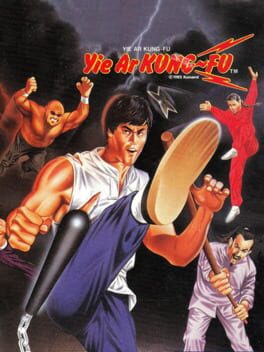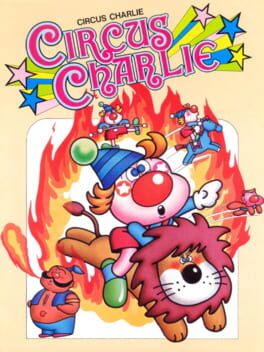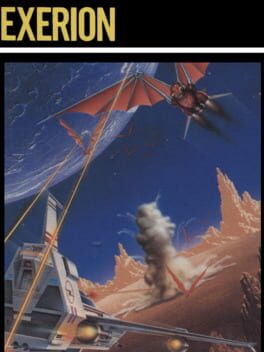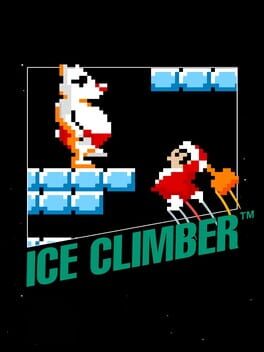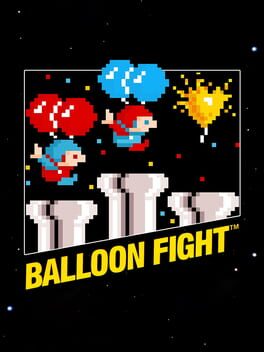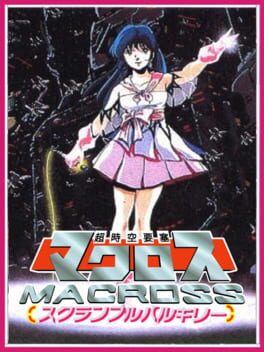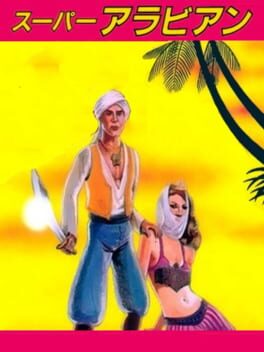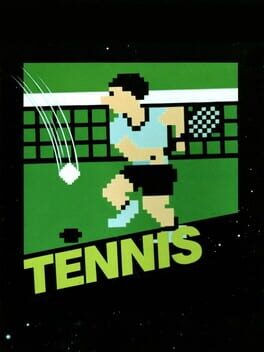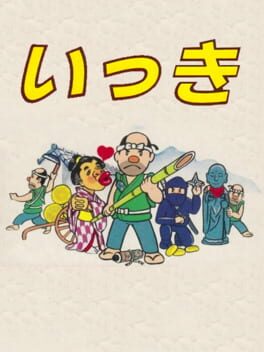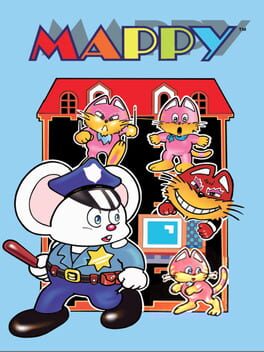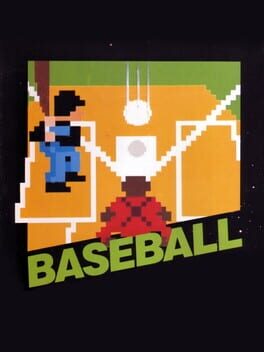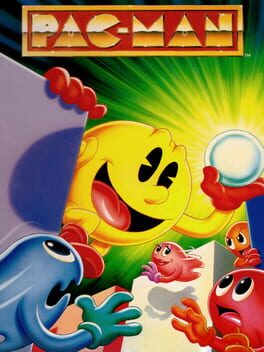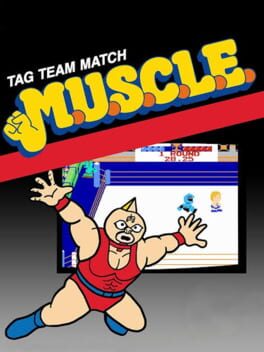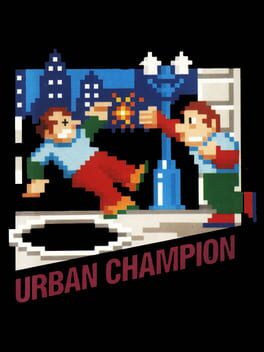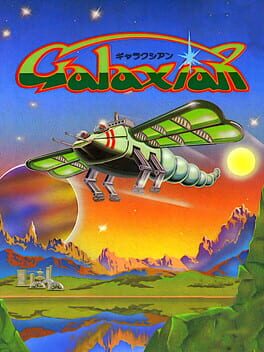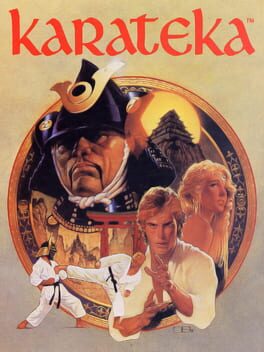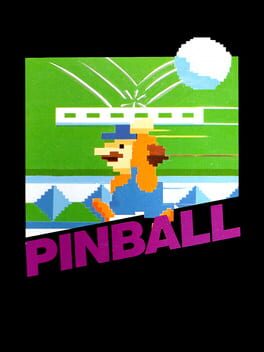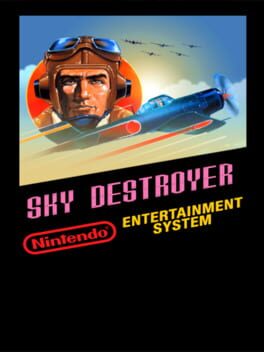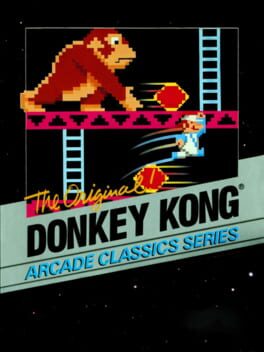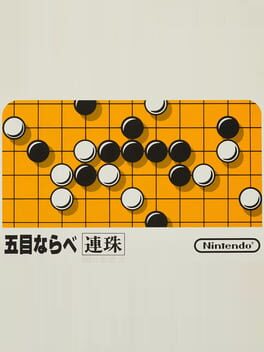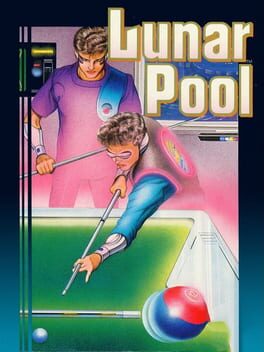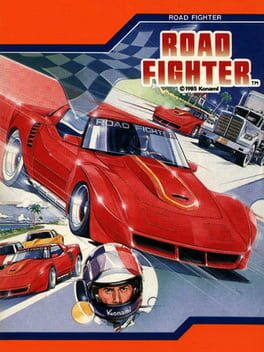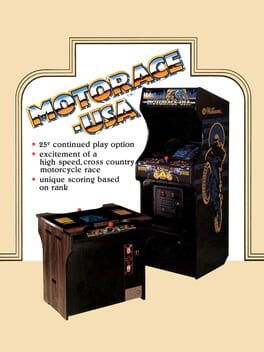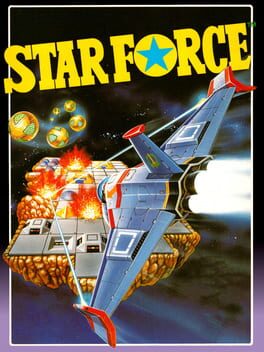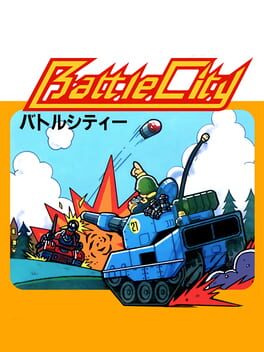31-in-1 (Famicom Bootleg)
(For best effect, listen to this while reading)
Pirated video game multicarts are often gawked at, ridiculed by gaming content creators and passed over by collectors, but that's a bit of a shame since, shady and slapdash as they may be, they helped those on a budget (or without access to the real deal) dive deep into the respective system's library. Probably the most infamous example of this would be in Russia and the rest of East Europe, where the Dendy console was every kid's game system of choice, rather than the official Nintendo product, with the entire library being garish, orange bootleg cartridges with up to a hundred games or more loaded onto the cart.
However, up here in Canada, especially in the Atlantic provinces, there was 31-in-1.
Developed by Taiwanese developer Supervision (a highly prolific company during the days of 8-bit piracy) 31-in-1 is pretty much exactly what the name suggests; 31 official Famicom or NES titles, loaded onto a single bootleg Famicom cartridge, with minor graphical changes meant to evade Nintendo's wrath. Featuring a seizure-inducing main menu screen stolen from the Famicom Disk System's loading screen and a menu song ripped from the Nichibutsu title Booby Kids (linked above) it was an incredibly common title to find during the NES' golden-years, due to being distributed out of New Brunswick. Ask anyone from Nova Scotia to Newfoundland, and they probably had this multicart growing up, or stumbled upon it at some point; aftermarket collectors still run into it, and it eventually found its way Westward to Ontario and even down the East coast of the U.S., though it's far more common in Atlantic Canada.
At a time when an NES game went for more than a hundred bucks (when adjusted for inflation) the appeal of getting 31 games loaded onto one cart was pretty undeniable, but it came with a great bonus as well; since the multicart used the Japanese Famicom mold, a generic, no-name 60 to 72 pin converter was bundled with it, complete with a ribbon to help kids fish the cart out of the deep slot of the NES' front-loader model. Aside from having quite a few import titles on the cart itself, normally inaccessible to North Americans, this converter opened up the entire library for both kids and contemporary collectors alike, allowing them to discover more of what the NES had to offer, beyond the measly North American library that was stunted in growth by Nintendo of America's "five games per year" rule for each third-party dev.
Nearly all the games included are from the Famicom and NES' earliest days, when pulse lines adorned each Famicom cart and nearly every NES game was packaged in a standard black box trade dress; which is to say they're all incredibly simplistic titles. Interestingly, they also use the Japanese versions, even for titles that came out in NA, showing the multicart's Asian origin.
While nowadays, it might not seem like much, with its simplistic titles and how easily one can now dive into the Famicom and NES' libraries, this really was a fantastic cart back in the day, both for kids on a budget or for collectors first starting out. I still use the converter to this day when playing authentic Famicom titles, and it still has something of a bizarre, mysterious charm to it, even knowing what I know now about the system, its library, and the cart's origin.
It's an odd little piece of Canadian gaming history, but I still enjoy firing it up on a lazy, snowy evening during Winter, where the flashy menu almost looks like the Christmas lights you can see outside, and the simplistic, almost toy-like design of each game makes you feel like a kid.
The 31 games, in order, are as follows:
Pirated video game multicarts are often gawked at, ridiculed by gaming content creators and passed over by collectors, but that's a bit of a shame since, shady and slapdash as they may be, they helped those on a budget (or without access to the real deal) dive deep into the respective system's library. Probably the most infamous example of this would be in Russia and the rest of East Europe, where the Dendy console was every kid's game system of choice, rather than the official Nintendo product, with the entire library being garish, orange bootleg cartridges with up to a hundred games or more loaded onto the cart.
However, up here in Canada, especially in the Atlantic provinces, there was 31-in-1.
Developed by Taiwanese developer Supervision (a highly prolific company during the days of 8-bit piracy) 31-in-1 is pretty much exactly what the name suggests; 31 official Famicom or NES titles, loaded onto a single bootleg Famicom cartridge, with minor graphical changes meant to evade Nintendo's wrath. Featuring a seizure-inducing main menu screen stolen from the Famicom Disk System's loading screen and a menu song ripped from the Nichibutsu title Booby Kids (linked above) it was an incredibly common title to find during the NES' golden-years, due to being distributed out of New Brunswick. Ask anyone from Nova Scotia to Newfoundland, and they probably had this multicart growing up, or stumbled upon it at some point; aftermarket collectors still run into it, and it eventually found its way Westward to Ontario and even down the East coast of the U.S., though it's far more common in Atlantic Canada.
At a time when an NES game went for more than a hundred bucks (when adjusted for inflation) the appeal of getting 31 games loaded onto one cart was pretty undeniable, but it came with a great bonus as well; since the multicart used the Japanese Famicom mold, a generic, no-name 60 to 72 pin converter was bundled with it, complete with a ribbon to help kids fish the cart out of the deep slot of the NES' front-loader model. Aside from having quite a few import titles on the cart itself, normally inaccessible to North Americans, this converter opened up the entire library for both kids and contemporary collectors alike, allowing them to discover more of what the NES had to offer, beyond the measly North American library that was stunted in growth by Nintendo of America's "five games per year" rule for each third-party dev.
Nearly all the games included are from the Famicom and NES' earliest days, when pulse lines adorned each Famicom cart and nearly every NES game was packaged in a standard black box trade dress; which is to say they're all incredibly simplistic titles. Interestingly, they also use the Japanese versions, even for titles that came out in NA, showing the multicart's Asian origin.
While nowadays, it might not seem like much, with its simplistic titles and how easily one can now dive into the Famicom and NES' libraries, this really was a fantastic cart back in the day, both for kids on a budget or for collectors first starting out. I still use the converter to this day when playing authentic Famicom titles, and it still has something of a bizarre, mysterious charm to it, even knowing what I know now about the system, its library, and the cart's origin.
It's an odd little piece of Canadian gaming history, but I still enjoy firing it up on a lazy, snowy evening during Winter, where the flashy menu almost looks like the Christmas lights you can see outside, and the simplistic, almost toy-like design of each game makes you feel like a kid.
The 31 games, in order, are as follows:
31 Games
Referred to as Merry 2 on the main menu, with a completely reworked (and rather unnerving) logo.
Referred to as Merry 1 on the main menu, even though it comes after Merry 2. Title screen refers to it as Mr. Mary.
Referred to as Kung Fu on the main menu.
Referred to as Circus on the main menu. Title screen has been changed to read Circus Troupe.
5
Referred to as Ice Man on the menu. Of note, this uses the Japanese version of Ice Climber, meaning the common enemies are seals, rather than yetis like in the NA version.
Referred to as Balloon on the main menu.
Referred to as Macross on the main menu.
Referred to as Arabian on the main menu.
10
11
13
Referred to as Zinja on the main menu.
14
15
16
Referred to as Pack Man on the main menu, and G o b l i n on the title screen, perhaps a mistranslation or pun on the word "gobbling." Again, this uses the Japanese version, meaning the ghosts use their Japanese names on the attract mode.
Referred to as Wrestle on the main menu. Uses the Japanese version, known in Japan as Kinnikuman: Muscle Tag Match, meaning Brocken Jr. is still one of the fighters, unlike in the NA version where he was replaced by the character Geronimo.
Referred to as Champion on the main menu.
20
21
Referred to as Pin Ball on the main menu.
Referred to as Sky Force on the main menu.
23
Referred to as Dajingang 1 on the main menu, which is what Donkey Kong is known as in Chinese, again showing the cart's Taiwanese origin.
Referred to as Five Chess on the main menu.
25
Japanese version, meaning it retains its original name, Lunar Ball.
26
Referred to as Road Fight on the main menu.
27
Title screen has been changed to read Motorcycle Match, again with generic text rather than a proper logo.
28
Japanese version used, meaning it retains its original title Zippy Race.


